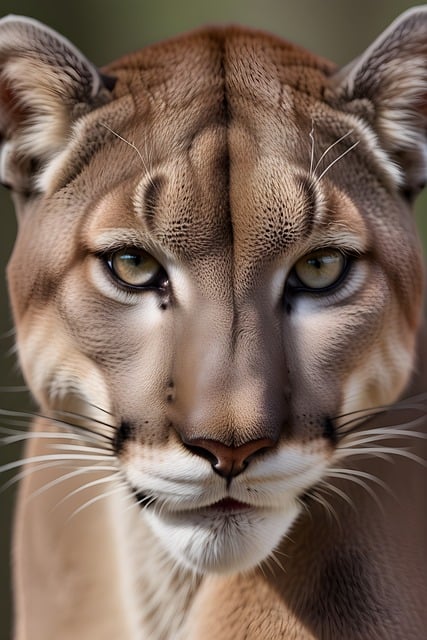Graphic design is a dynamic and ever-evolving field that plays a crucial role in shaping the visual identity of businesses, brands, and individuals. From the early days of print media to the digital age, graphic design has undergone a significant evolution, adapting to technological advancements and changing consumer preferences. In this article, we will explore the journey of graphic design, discuss the essential tools and software used by graphic designers, and provide valuable tips for success in this competitive industry. Whether you're a seasoned professional or an aspiring designer, this article will provide valuable insights to help you navigate the world of graphic design effectively.
- 1. The Evolution of Graphic Design
- 2. Essential Tools and Software for Graphic Designers
- 3. Tips for Success in the World of Graphic Design
1. The Evolution of Graphic Design

Graphic design has come a long way since its humble beginnings. In the early days, graphic design was primarily focused on creating simple visuals for print materials like posters and advertisements. However, as technology advanced, so did the field of graphic design. The introduction of computers and design software revolutionized the industry, allowing designers to create more intricate and dynamic designs.
With the rise of the internet and digital media, graphic design has expanded even further. Designers now have the ability to create interactive and responsive designs for websites and mobile apps, as well as engaging social media graphics and multimedia presentations. The evolution of graphic design has also seen the emergence of new styles and techniques, from minimalist and flat design to more experimental and avant-garde approaches.
Today, graphic design plays a crucial role in shaping how we interact with the world around us. From branding and marketing to user experience and storytelling, graphic design has become an essential tool for communication in our visually-driven society. As technology continues to evolve, so too will the field of graphic design, pushing the boundaries of creativity and innovation.
2. Essential Tools and Software for Graphic Designers

Graphic designers rely on a variety of tools and software to bring their creative visions to life. One essential tool for graphic designers is a high-quality computer or laptop with ample processing power and storage space. This is necessary for running resource-intensive design programs and handling large design files.
In addition to hardware, graphic designers also rely on specialized software to create their designs. Adobe Creative Cloud is a popular choice among graphic designers, as it includes a suite of programs such as Photoshop, Illustrator, and InDesign that are essential for creating imagery, illustrations, and layouts. Other popular design software options include Sketch, Affinity Designer, and CorelDRAW.
Aside from design software, graphic designers also use tools such as graphics tablets, which allow them to create digital artwork more efficiently and precisely than with a mouse. These tablets typically come with a stylus that mimics the feel of drawing with a pen or pencil on paper.
Overall, having access to the right tools and software is crucial for graphic designers to produce high-quality designs that meet the needs of their clients and audiences.
3. Tips for Success in the World of Graphic Design

To succeed in the world of graphic design, it is important to stay updated with the latest design trends and technologies. This can be done by regularly attending workshops, conferences, and networking events, as well as by following industry blogs and publications.
Additionally, building a strong portfolio is key to success in graphic design. Potential clients or employers will want to see examples of your work that demonstrate your abilities and style. Make sure to showcase a diverse range of projects that highlight your skills and creativity.
Lastly, honing your communication skills is essential in graphic design. Whether working with clients, collaborating with colleagues, or presenting your work to stakeholders, being able to effectively communicate your ideas and feedback is crucial. Clear and concise communication can help ensure that your vision for a project is understood and executed successfully.























